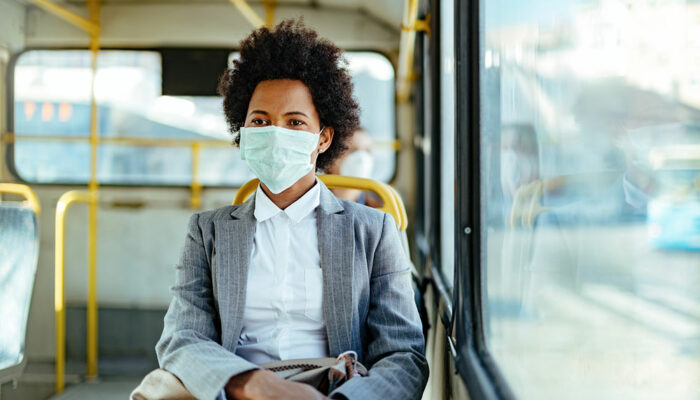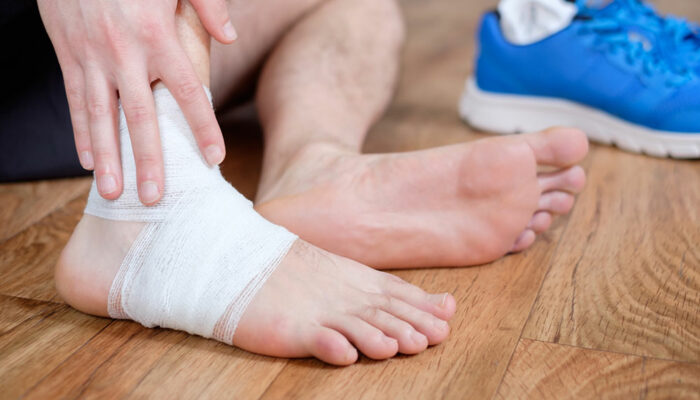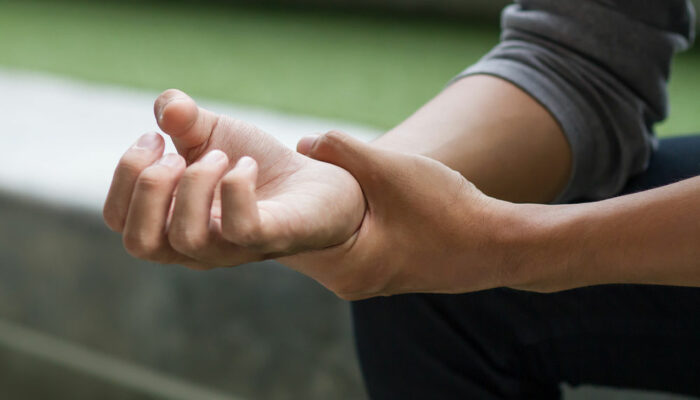
8 remedies for stress relief and better sleep
health
Finding ways to relax in the fast-paced daily routines is a must today. Stress and sleep disturbances often get in the way of achieving that goal. Nevertheless, making a few changes to daily meals and lifestyle can improve the quality of sleep and also help in lowering stress. Additionally, certain herbal remedies can help induce sleep and promote relaxation. From the comfort of soothing teas to nourishing foods, here are a few remedies to consider: Magnesium-rich foods Magnesium is an essential mineral known for helping muscles relax and regulate sleep patterns. So, incorporating magnesium-rich foods like leafy greens, nuts, and seeds into daily meals can help one sleep better. Warm milk before bed The classic remedy of warm milk before bed is rooted in tradition. Milk contains tryptophan, an amino acid that can promote sleep. Chamomile tea Sipping on a warm cup of chamomile tea before bedtime can have a calming effect, as chamomile exhibits natural sedative properties. Valerian root tea Valerian root supplements or teas have been used for centuries and are believed to ease anxiety and improve sleep quality. Regular exercise Regular physical activity can reduce stress hormones and improve sleep. Here, engaging in moderate exercise for at least 20 minutes per day can help.





















